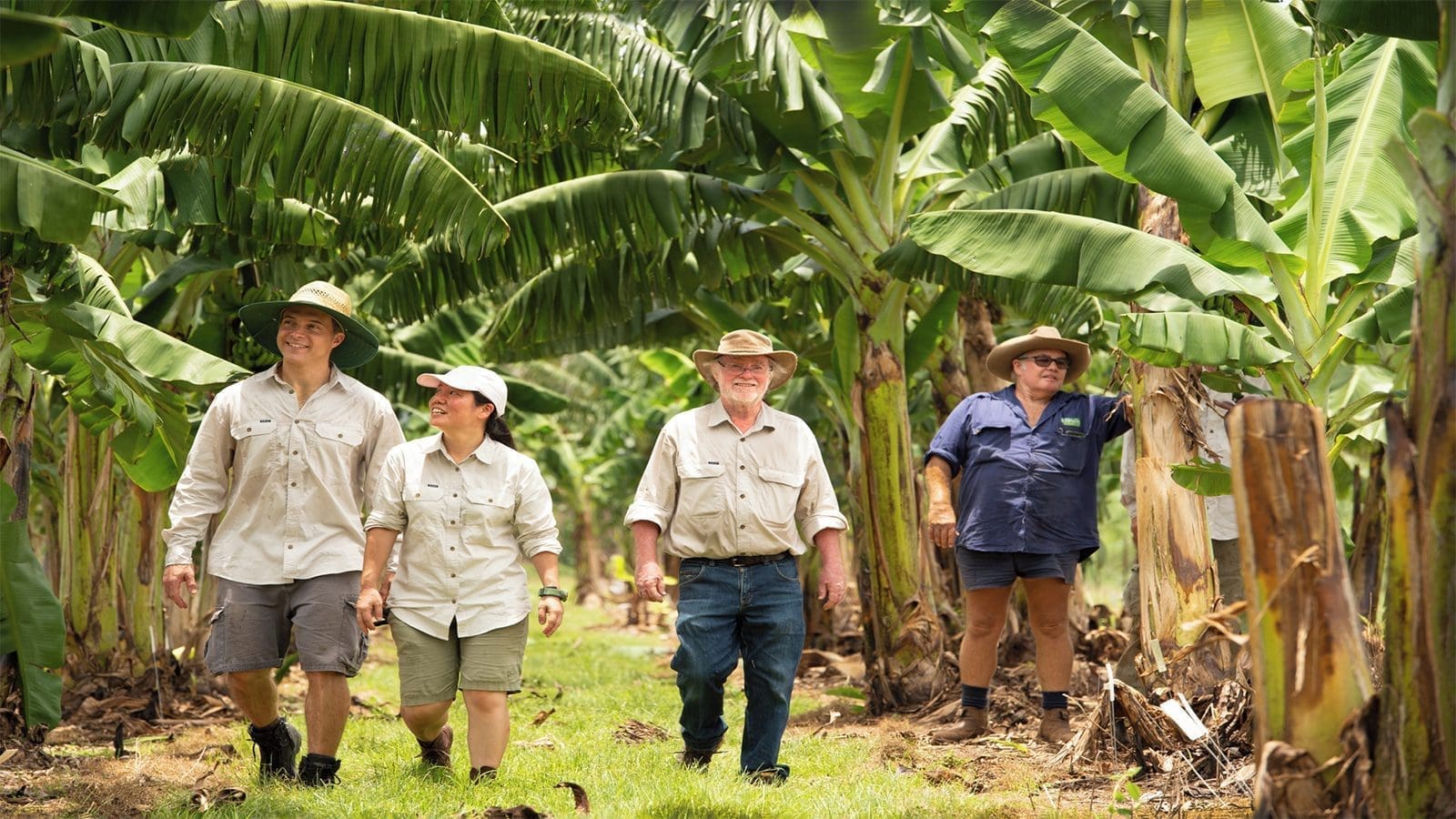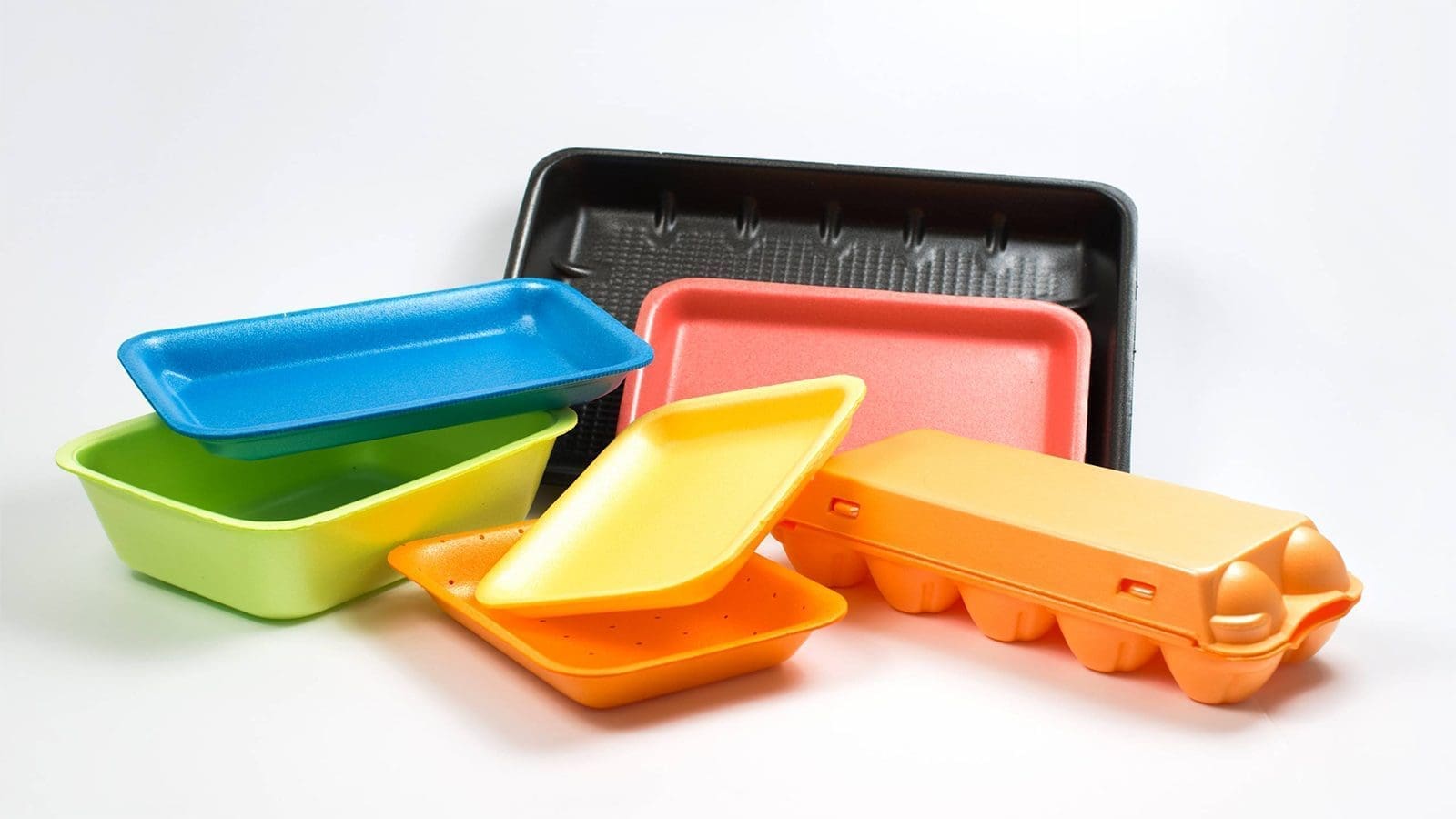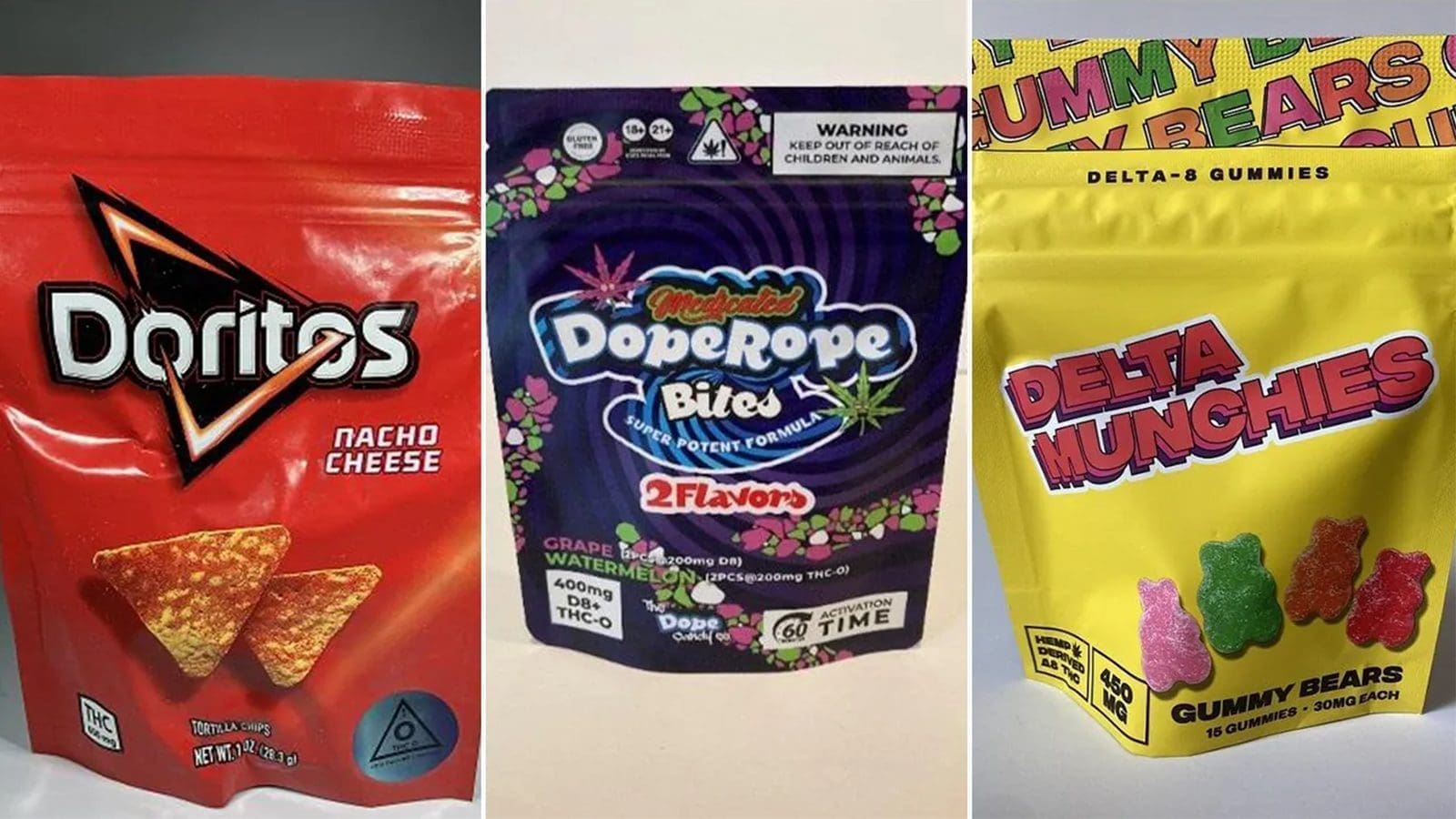U.S – The Centers for Disease Control and Prevention (CDC) has declared the culmination of the multistate Salmonella outbreak it was looking into alongside the U.S Food and Drug Administration (FDA) and other state and local partners.
The investigations linked the Salmonella Thompson infections to seafood manufactured or processed by Northeast Seafood Products, Inc. of Denver, CO.
A total of 115 people infected with the outbreak strain of Salmonella Thompson were reported from 15 states . The majority of sick people were either Colorado (93) residents or reported traveling to Colorado (14) in the week before they got sick, as stated by CDC. They also reported eating raw or cooked seafood in the week before their illness started.
FDA’s traceback investigation identified Northeast Seafood Products, Inc. as a common distributor among illness subclusters. As part of this outbreak investigation, environmental samples were collected from Northeast Seafood Products, Inc.
The samples collected tested positive for Salmonella Thompson and were determined to be a match to the outbreak strain through whole genome sequencing.
Consequently, the company recalled seafood processed at its facility on Oct. 8, including haddock, monkfish, bone-in trout, grouper, red snapper, red rock cod, ocean perch, Pacific cod, halibut, coho salmon, Atlantic salmon portions, lane snapper, Tilapia, all-natural salmon fillet, pacific sole, and farm raised striped bass.
The seafood products were distributed through Oct. 7 and sold at seafood counters Albertsons, Safeway, and Sprouts supermarkets in Colorado. The Pacific cod sold through Sprouts is not being recalled.
Recalled seafood was sold fresh and would be past shelf-life unless it was frozen after purchase.
Rising cases in onion Salmonella oranienburg outbreak
Meanwhile, in the recent onion Salmonella oranienburg outbreak, the number of affected victims is still on the rise with the current statistics identifying 1000 infected individuals with more than 25 thousand likely victims still unaccounted for.
Additional products are being recalled, according to the Food and Drug Administration (FDA) and the CDC. In the FDA’s most recent report on the outbreak, the FDA stated that their traceback investigation is ongoing but has centered now on two distributors of onions derived from the state of Chihuahua, Mexico.
Both ProSource Produce LLC and Keeler Family Farms marketed and distributed salmonella contaminated onions to other distributors, including wholesalers, restaurants, and retail chains across the United States (U.S.) and Canada.
On October 20, 2021, ProSource Produce LLC issued a voluntary recall of red, yellow, and white whole, fresh onions imported from the State of Chihuahua, Mexico, with import dates from July 1, 2021, through August 31, 2021.
On October 22, 2021, Keeler Family Farms followed suite and recalled red, yellow, and white whole, fresh onions imported from the affected state, from July 1, 2021, through August 25, 2021, when the last shipment of onions from the State of Chihuahua, Mexico was received by the firm.
Following an initial wave of recalls in the U.S., Canadian officials from the Canadian Food Inspection Agency (CFIA) also reported recalls of MVP brand, Pier-C brand, and Riga Farms brands of onions imported from Mexico – specifically, the onions believed to be at the center of the salmonella outbreak that originated in the state of Chihuahua, Mexico.
The FDA is also investigating a new Salmonella Javiana outbreak that has so far sickened 28 people. The FDA has informed that a product traceback investigation has been initiated but has not disclosed what food or foods are involved. It has also not revealed what companies are involved.
Salmonella infections
Food that is contaminated with Salmonella bacteria usually does not look, smell or taste spoiled. According to the CDC, Infants, children, seniors and people with weakened immune systems are at higher risk of serious illness because their immune systems are fragile.
Symptoms of Salmonella infection can include diarrhea, abdominal cramps, and fever within 12 to 72 hours after eating contaminated food. It is also possible for some people to be infected with the bacteria and to not get sick or show any symptoms, but to still be able to spread the infection to others.
Liked this article? Subscribe to Food Safety Africa News, our regular email newsletters with the latest news insights from Africa and the World’s food safety, quality and compliance. SUBSCRIBE HERE








